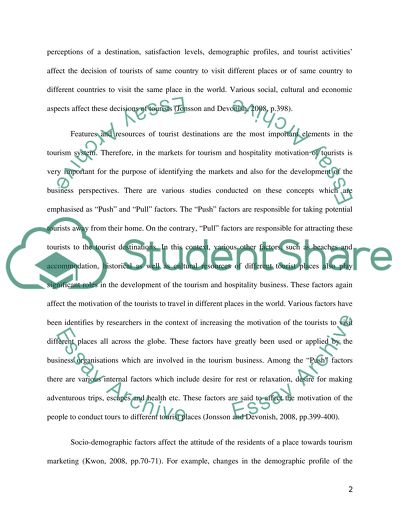Cite this document
(“Targeting Consumers Based on Age in Tourism and Hospitality Essay”, n.d.)
Retrieved from https://studentshare.org/tourism/1445363-targeting-consumers-based-on-age-has-long-been-a
Retrieved from https://studentshare.org/tourism/1445363-targeting-consumers-based-on-age-has-long-been-a
(Targeting Consumers Based on Age in Tourism and Hospitality Essay)
https://studentshare.org/tourism/1445363-targeting-consumers-based-on-age-has-long-been-a.
https://studentshare.org/tourism/1445363-targeting-consumers-based-on-age-has-long-been-a.
“Targeting Consumers Based on Age in Tourism and Hospitality Essay”, n.d. https://studentshare.org/tourism/1445363-targeting-consumers-based-on-age-has-long-been-a.


